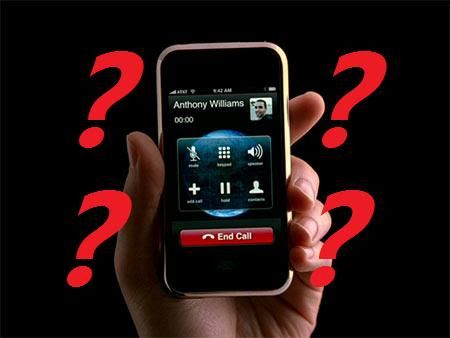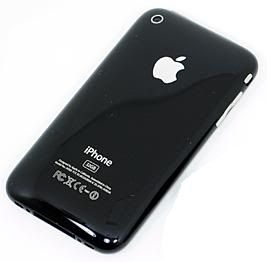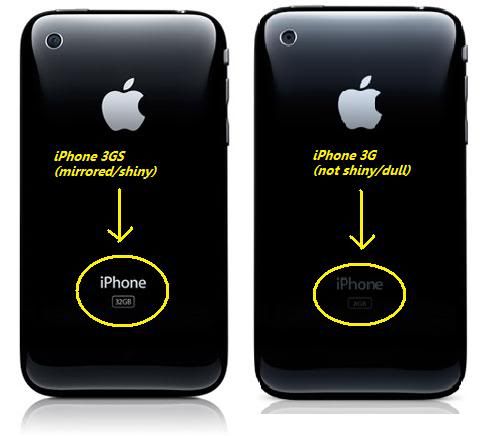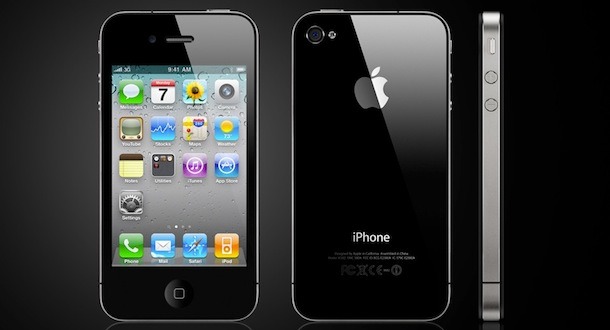PayPal and eBay work hand-in-hand in order to add convenience for buyers
on eBay when making purchases. The initial steps to set up your PayPal
account with eBay may be a bit lengthy but the next time you buy on eBay
using PayPal you will not have to go through all of the setup steps
again. Once your eBay and PayPal accounts are linked, PayPal becomes the
fastest method for making payments on eBay.
I own quite often shopping on ebay, I provide the steps to shopping on ebay.
Create PayPal and eBay accounts
if you do not already have existing accounts on these 2 websites. The accounts must be created before they can be payment for using PayPal to pay for items on eBay.
- Use the "register" link above the search bar on the eBay homepage and fill out the online registration form if you need to create a new eBay account.
- Click on the "Sign up" link on the PayPal homepage and follow the on-screen steps if you need to create a new account for PayPal.
Finding items you want to buy
Before we get started, make sure you've registered with eBay. We provided a step-by-step guide in Saturday's
Digital Life, but don't worry if you missed it - simply go
to www.ebay.com, click the "Register" link at the top of the page and
follow the on-screen instructions.
There are millions of items available on eBay: more than 10
million in the UK and many more millions from sellers overseas who will
deliver to world. It can sometimes be difficult to find the one thing
you want buy from this astonishing choice on offer, but follow these
rules and you won't go far wrong.
Searching
You can search goods by entering "keywords" as you would
on coloumn searching on eBay. eBay will look for items with your keywords, in the title and provide you with a list
of matching items.
Comparison shopping
If you find several items you like the look of, you can
compare them side by side. This allows you to double-check at a glance
details such as postage and packaging costs and the item description. To
enable this feature, search for your item then, on the results page,
simply tick the box on the left-hand side of each item you would like to
compare, and then click the Compare button at the top of the list.
Choosing who to buy from
- Finding an item is the starting point of eBay buying. Once something has caught your eye, it's important to ensure that it's exactly what you want and the seller is a person you want to do business with.
- By choosing your seller carefully you'll avoid most of the common problems, such as items not arriving, receiving goods that are not as described, or being unable to get your money back.
- What to look for in a listing
- Are the postage costs fair and reasonable? Don't tolerate "shipping sharks" profiting from inflated carriage costs, like slapping £20 on a book.
- Does the picture look genuine and give you a good impression of the item you're buying? This is especially important with things like cars or bikes - you ideally want a photo from every angle.
- Is the description full and honest? Contact the seller for more details if required.
- Good sellers will offer you a variety of payment methods, but PayPal is the safest payment option (see "Paying safely").
Seller feedback ratings
Feedback is your most powerful tool when you're choosing
who to buy from. Buyers and sellers review each other using positive,
negative and neutral ratings every time they transact.
The feedback score a trader accumulates is an indication of
their trustworthiness and experience. You can find a seller's feedback
score beside their User ID on the listings pages. The feedback score is a
tally of positive reviews left by unique members. You'll also see a
percentage that represents the proportion of positive feedback that has
been left. These numbers are a valuable quick-check, but it's essential
to look at the more detailed information on the Member Profile page
(click on the seller's User ID in the "Meet the seller" section).
- Having lots of positive ratings is great, but cast your eye over how many neutrals and negatives the seller has too. Many non-positives should ring alarm bells.
- Has the vendor successfully sold items like the one you want to buy? If so, you can bid with greater confidence.
- Feedback also shows if a seller enjoys repeat business with buyers coming back for more. It's an excellent sign.
- Buying from business sellers can be reassuring for first-time buyers. Business sellers are identified on the listings pages and you can seek out business sellers specifically using the Advanced Search function. Under UK law, British sellers who operate as a business have to offer some minimum standards and guarantees. For most items, professional sellers must accept returns under the Distance Selling Regulations, for instance.
Get the item ready for payment.
To buy on eBay using
PayPal you must first win a bid on eBay or use the eBay "Buy Now" option
that allows you to purchase eBay items immediately without going
through the bidding process. You will know that the item is ready for
payment when you see the "Pay Now" button appear next to it on the
"Bids/Offers" page that can be found through the "My eBay" link at the
top of most eBay pages.
Press the "Pay Now" button next to the item that you want to make the payment for and Confirm your shipping address. If you want to change the shipping address, you can use the "Change shipping address" link to provide a new shipping address.
Choose PayPal as the method for making the payment.
Verify the payment amount and details such as shipping cost and tax as well as the total cost. If everything looks correct, you should press the "Continue" button to move ahead.
Reconfirm the details of the order such as the shipping address and payment amount.
Press the "Confirm Your Payment" button to finalize the PayPal payment process.
after completion of payment, give positive feedback to the seller, so we immediately ordered items delivered and we are given the maximum service. after that wait until the order we sent. the seller will provide the tracking number to track our shipment.
This is my shopping history from ebay.
This is my shopping history from ebay.
after seller give tracking number, you can tracking of the shipment. Her long delivery package delivery service used depends to send the goods, I myself wear his usual free shipping or post.
This few my package photo when the package already arrived in my address.
address and tracking number my hide for privacy.
That's my little experience shopping on ebay, hopefully to provide inspiration to readers.
thank you
thank you
















































